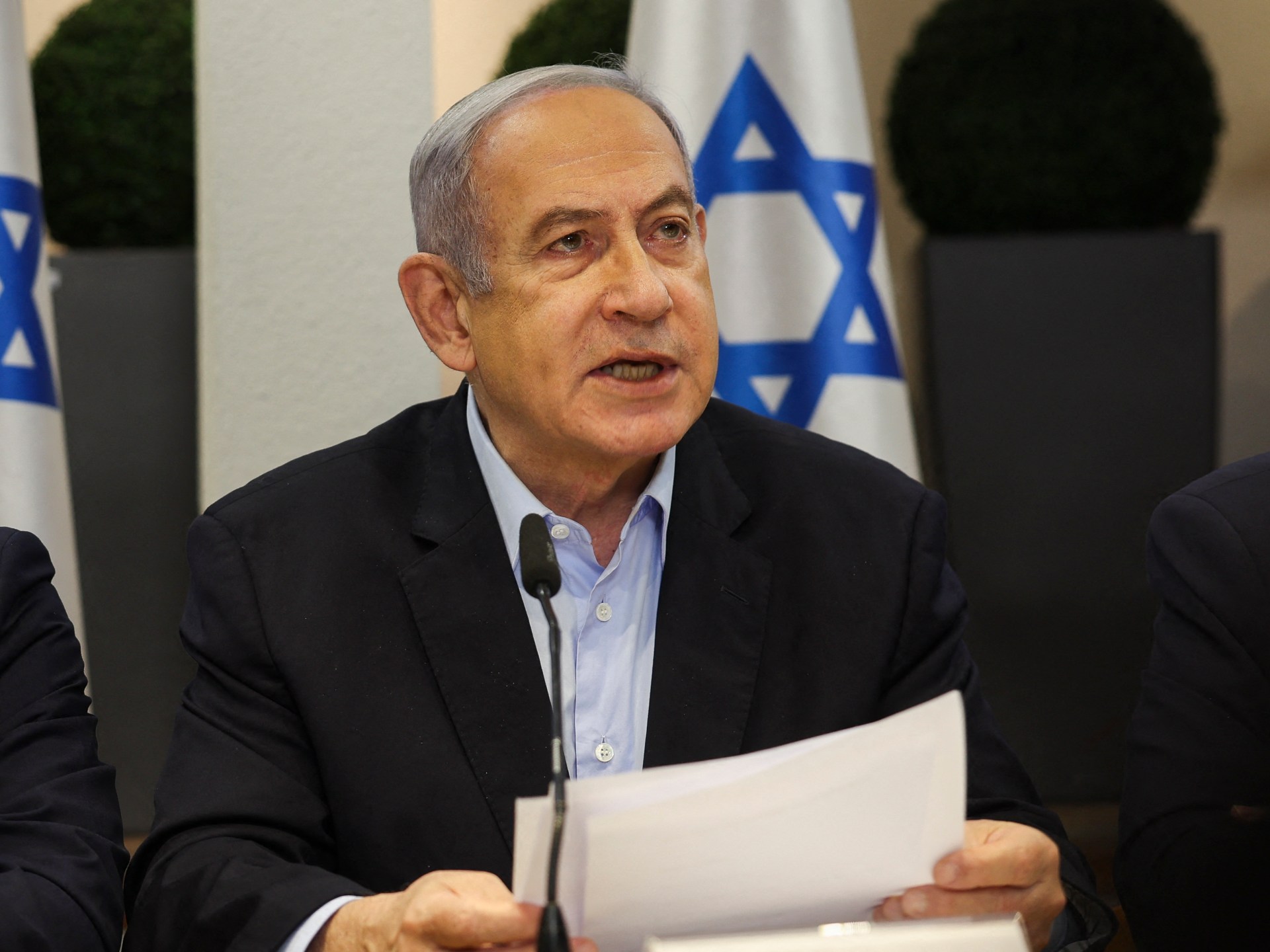An intense conflict is currently underway in the Gaza region, and the latest developments center around Israeli Prime Minister Benjamin Netanyahu’s steadfast refusal to consider Hamas’ proposal for ceasefire and captive release.
Netanyahu's Stand Against Hamas' Conditions
Netanyahu has stood resolute against the terms presented by Hamas, which include the withdrawal of Israeli forces, the release of prisoners, and the recognition of the armed group’s governance of Gaza. His strong stance emanates from the belief that acquiescing to these conditions would essentially leave Hamas untouched, thereby rendering the sacrifices of Israeli soldiers futile. In his own words, accepting these terms would endanger the safety of citizens and nullify the efforts made to bring back evacuees securely.
Opposition to an Independent Palestinian State
Furthermore, Netanyahu has reiterated his opposition to the establishment of an independent Palestinian state, emphatically asserting that Israeli security control over the entire western Jordan area is non-negotiable. This unwavering stance not only reflects his hardline approach to the conflict but also indicates the complexity and sensitivity of the political dynamics at play.
Pressure on Netanyahu and Domestic Unrest
Netanyahu finds himself under mounting pressure from various quarters. Families of the captives are calling for a resolution to ensure the safe return of their loved ones, while factions within his far-right ruling coalition are advocating for an escalation of the war. Additionally, strained relations with the United States President Joe Biden’s administration add another layer of complexity to the situation. Reflecting the gravity of the issue, the Hostages and Missing Families Forum initiated a protest outside Netanyahu’s residence, vowing not to disperse until he commits to a resolution regarding the captives’ release. Their statement demands transparency from the prime minister, urging him to honestly communicate his position to the Israeli public.
Voices of Dissent and Calls for Resolution
Dissent emerges not only from the protesters but also within the war cabinet itself. Some members question the feasibility of achieving a total defeat of Hamas and advocate for the conduction of
elections to gauge public confidence in the government’s approach. These internal divisions underscore the complexity of the decision-making process and the diverse array of perspectives that influence it.
Hamas' Actions and Current Status
Hamas, on the other hand, has released a report acknowledging the attack on southern Israel as a necessary and normal response, albeit with acknowledgment of faults in its execution. It’s clear that both sides are deeply entrenched in their positions, adding to the intensity and gravity of the ongoing conflict.
The Way Forward and Conclusion
The situation remains highly charged and complex, with the stakes being immense for both sides. The refusal to entertain ceasefire terms and the firm posturing of political leaders highlight the enduring challenges in reaching a resolution. The plight of the captives and the broader implications of the conflict underscore the imperative need for dialogue and negotiation to avert further escalation and achieve lasting peace in the region. The nuances and intricacies of the situation demand nuanced, multifaceted solutions that address the legitimate concerns and aspirations of all parties involved.


